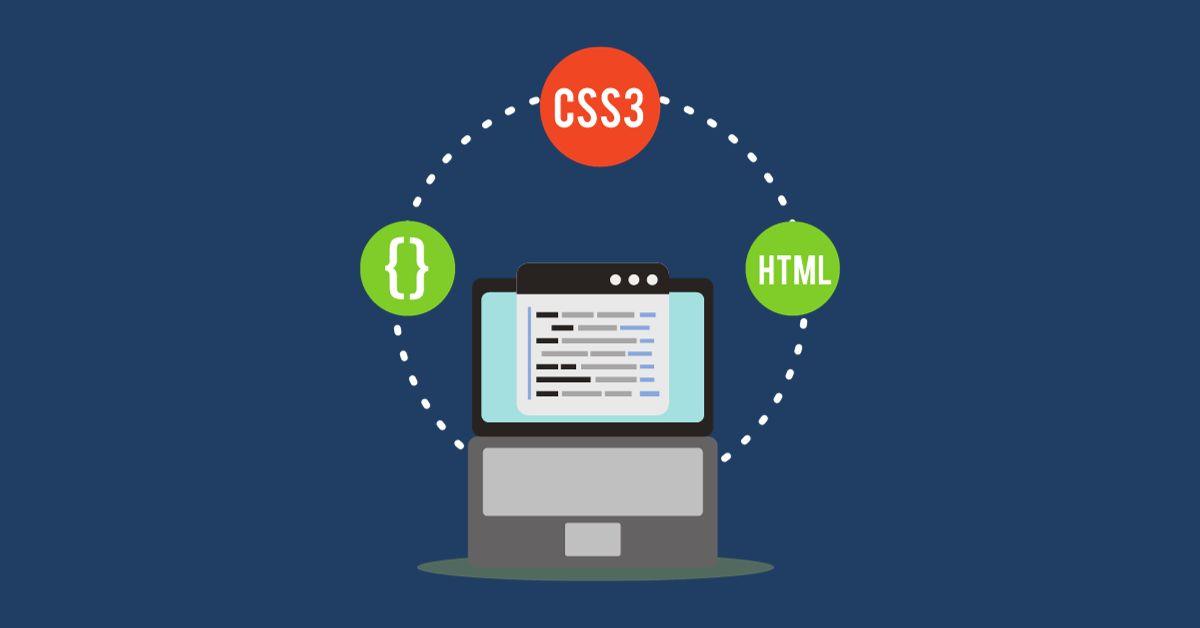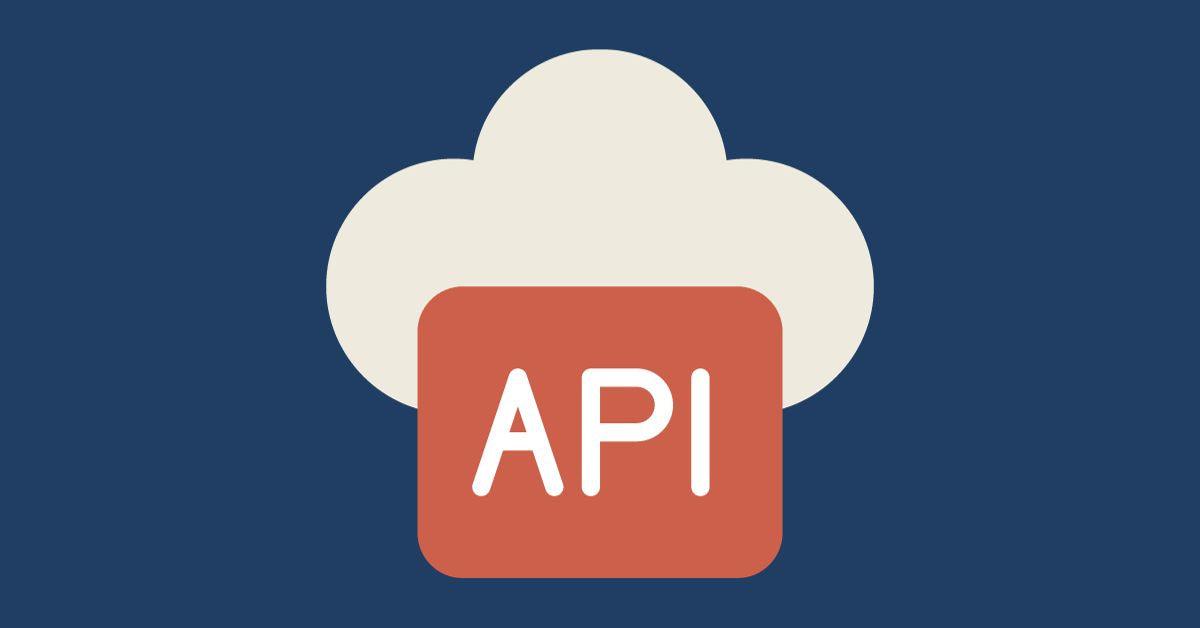Introduction
In the ever-evolving landscape of web development, APIs (Application Programming Interfaces) stand as crucial components in building effective digital solutions. Two major API design architectures dominate the scene: REST (Representational State Transfer) and GraphQL. This blog post will delve into the intricacies of both, providing you with a clear understanding of when and why to use each, drawing from our comprehensive resources such as The Ultimate Guide to APIs.
Understanding REST
The Pillars of REST
REST, a time-tested standard, operates on the principles of statelessness and cacheable data. It uses standard HTTP methods like GET, POST, PUT, and DELETE and is favored for its simplicity and scalability. REST is ideal for applications requiring standard CRUD (Create, Read, Update, Delete) operations.
The RESTful Approach
A RESTful API exposes a set of resources, each identifiable via a URL. Data exchange typically happens in JSON or XML format. Its stateless nature allows scalability, as each request from the client contains all the information needed to process it.
Embracing GraphQL
The Power of GraphQL
Developed by Facebook in 2015, GraphQL offers a more flexible approach. Unlike REST, which requires accessing multiple endpoints to retrieve various data sets, GraphQL uses a single endpoint. It empowers clients to define the structure of the response, fetching precisely what's needed and nothing more.
GraphQL in Practice
GraphQL's query language allows clients to request nested data in one go, making it efficient for complex systems with interrelated entities. It's particularly useful for applications with dynamic or evolving data requirements.
Comparing REST and GraphQL
Performance and Efficiency
- REST: Can result in over-fetching or under-fetching data, affecting performance.
- GraphQL: Optimizes data retrieval, reducing bandwidth usage but can face performance issues with complex queries.
Flexibility and Control
- REST: Provides a structured approach to data access but lacks flexibility in response structure.
- GraphQL: Offers high flexibility, allowing clients to tailor requests for specific needs.
Learning Curve and Ecosystem
- REST: More universally known, with a vast array of tools and resources.
- GraphQL: Steeper learning curve but offers powerful tools like Apollo and Relay.
Error Handling and Debugging
- REST: Uses standard HTTP status codes, making error handling straightforward.
- GraphQL: Error handling is more nuanced, providing detailed error messages but can be more complex to implement.
Use Cases and Decision Making
When to Choose REST
- For applications requiring a clear and consistent structure for data access.
- When dealing with simple, straightforward data retrieval needs.
- If you're working in an environment where REST expertise and resources are more readily available.
Opting for GraphQL
- Ideal for applications with complex, interrelated data models.
- When client flexibility and minimal data transfer are crucial.
- In scenarios where the development team is comfortable with GraphQL's learning curve and ecosystem.
Practical Tips and Pitfalls to Avoid
Tips for Implementing REST
- Ensure consistent and well-documented endpoints.
- Utilize HTTP status codes effectively for error handling.
- Be mindful of over-fetching data; design endpoints to align closely with data needs.
Best Practices with GraphQL
- Leverage query optimization to prevent performance bottlenecks.
- Regularly update the schema and document changes to avoid confusion.
- Implement robust error handling that provides clarity to client developers.
Templates for Effective API Implementation
REST API Endpoint Structure Template
Example: User Data Retrieval
// Express.js Endpoint for Retrieving User Data
app.get('/api/users/:userId', (req, res) => {
const userId = req.params.userId;
// Logic to retrieve user data
// Respond with user data in JSON format
res.status(200).json(userData);
});
- Define resource-based URLs.
- Implement standardized HTTP response codes.
- JSON/XML format for request/response body.
GraphQL Schema Design Template
Example: Defining User Type and Query
type User {
id: ID!
name: String!
email: String!
}
type Query {
getUser(id: ID!): User
}
- Define types and queries in GraphQL schema language.
- Use mutations for data modification operations.
- Implement error handling within the GraphQL layer.
REST API POST Endpoint Template
Example: Creating a New User
// Express.js Endpoint for Creating New User
app.post('/api/users', (req, res) => {
const newUser = req.body;
// Logic to create a new user
// Respond with status and created user data
res.status(201).json(createdUser);
});
- Define POST endpoints for creating resources.
- Handle input validation and respond with appropriate HTTP codes.
GraphQL Mutation Template
Example: User Data Update Mutation
type Mutation {
updateUser(id: ID!, name: String, email: String): User
}
- Define GraphQL mutations for updating data.
- Include error handling in resolvers to manage update logic.
REST API Error Handling Template
Example: Error Handling in Express.js
app.use((err, req, res, next) => {
// Error logging
console.error(err);
// Respond with error code and message
res.status(500).json({ error: "Internal Server Error" });
});
- Implement middleware for error handling in REST APIs.
- Provide clear, descriptive error messages.
GraphQL Error Handling Example
Example: Error Handling in Resolvers
const resolvers = {
Query: {
getUser: (parent, { id }) => {
try {
// Logic to fetch user
return user;
} catch (error) {
throw new Error('Error fetching user');
}
},
},
};
- Implement try-catch blocks in GraphQL resolvers.
- Throw descriptive errors for client-side handling.
Pagination Template for REST APIs
Example: Paginating User List
// Express.js Endpoint for User Pagination
app.get('/api/users', (req, res) => {
const { page, limit } = req.query;
// Logic for pagination
// Respond with paginated list of users
res.status(200).json(paginatedUsers);
});
- Handle query parameters for page number and page size.
- Implement backend logic for slicing the data accordingly.
Authorization Template for REST APIs
Example: JWT-based Authorization
// Middleware for JWT-based Authorization
app.use((req, res, next) => {
const token = req.headers.authorization;
// Verify token and user authentication
if (validToken) {
next();
} else {
res.status(403).json({ error: "Access Denied" });
}
});
- Check for and validate authentication tokens in request headers.
- Restrict access to resources based on token validation.
File Upload Template for GraphQL
Example: Uploading an Image
type Mutation {
uploadImage(file: Upload!): Image!
}
// Resolver for Image Upload
const resolvers = {
Mutation: {
uploadImage: async (parent, { file }) => {
// Logic for handling file upload
return uploadedImageDetails;
},
},
};
- Define a mutation for file uploads.
- Use
Uploadscalar type for handling file data in GraphQL.
Caching Strategy Template for REST
Example: Cache Implementation
// Middleware for Caching
app.use((req, res, next) => {
// Check if the response is available in cache
if (cachedResponse) {
res.status(200).json(cachedResponse);
} else {
next();
}
});
- Implement middleware to check for cached responses.
- Store responses in cache where appropriate to reduce server load.
Subscription Template for GraphQL
Example: Real-time Data Subscription
type Subscription {
userUpdated: User
}
// Resolver for Subscription
const resolvers = {
Subscription: {
userUpdated: {
subscribe: () => pubsub.asyncIterator(['USER_UPDATED'])
},
},
};
- Use subscriptions for real-time data updates.
- Leverage publish/subscribe patterns with appropriate libraries or frameworks.
Batch Request Template for REST APIs
Example: Handling Batch Requests
// Endpoint for Batch Requests
app.post('/api/batch', (req, res) => {
// Logic to handle multiple requests in a single batch
res.status(200).json(batchResponse);
});
- Create a dedicated endpoint for processing batch requests.
- Implement logic to handle multiple API requests in a single HTTP request.
Error Handling Template for GraphQL Subscriptions
Example: Subscription Error Handling
const resolvers = {
Subscription: {
userUpdated: {
subscribe: () => {
try {
return pubsub.asyncIterator(['USER_UPDATED'])
} catch (error) {
throw new Error('Subscription error');
}
}
},
},
};
- Include error handling in subscription resolvers.
- Provide informative error messages for better debugging and client-side handling.
Each of these templates addresses a specific aspect of API development, helping to ensure that the API is robust, scalable, and adheres to best practices. They should be customized to suit the specific needs and constraints of the project they are being used for.
Conclusion
Choosing between REST and GraphQL depends heavily on the specific needs and circumstances of your project. REST is well-suited for simpler applications with straightforward data requirements, while GraphQL excels in scenarios demanding high flexibility and efficiency in data retrieval.
We encourage you to explore The Ultimate Guide to APIs for deeper insights and further your understanding of these technologies. As always, your experiences, questions, and insights are invaluable to us. Feel free to share your thoughts and queries in the comments below!




